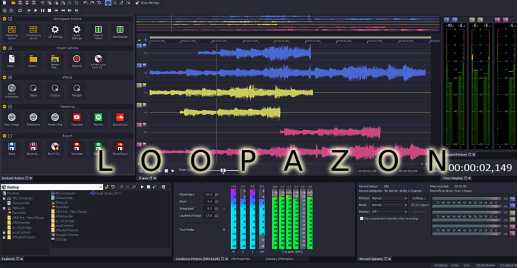Music Making Tutorials, Guides, Articles
Form a band online, promote your music, buy custom beats, sound parts, and share your Beat or Track as a Royalty Free loop with us. Collaborate to make beats online with the best loop makers from around the world on the Forum for musicians and beat makers. Keep up to date with Music News and learn from FL Studio Video Tutorials and the articles on the Blog. Free DAW Music Software downloads, VST and Instrument Packs for FL Studio, Pro Tools, Logic, Ableton, and how to use the most popular free DAW Software, Fruity Loop Plugins, MIDIs and more.
Learn How To Make Music With Loopazon Music Making Tutorial, Beginner Guides, And Sample Beat Step By Step Articles. How To Use FL Studio instruments with Midi controller, VST plugin download tutorials for Ableton, Logic and DAWs.

